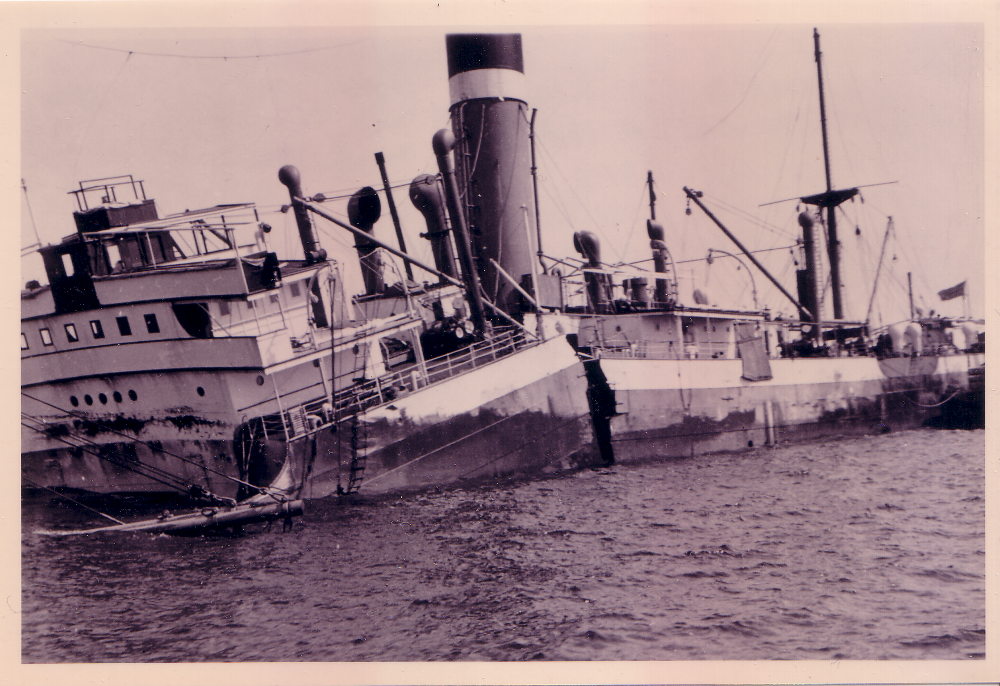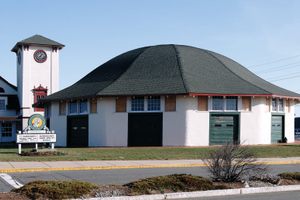About
In 1938, the City of Salisbury freighter and the exotic animals it carried were thrown against the rocks as it approached the Boston Harbor.
The journey up until this point had gone far from smoothly. The 419-ft freighter had a most unusual and difficult to manage cargo, and Captain William H. Lewis had his hands full. Aside from the fairly standard load of iron, natural rubber, sugar, tea, rice and bolts of silk, the Salisbury was also carrying an eclectic selection of exotic animals, including bears, monkeys, rare birds, and snakes.
The chaos began almost immediately, when a Himalayan bear escaped in Calcutta. In Halifax, things got worse when 25 monkeys got loose, and while out to sea, a king cobra had his mate for lunch. One can only imagine the relief Captain Lewis felt when the Boston Harbor appeared on the horizon, but that relief was short-lived, as the ill-fated voyage was about to end with a grand finale of misfortune.
As the City of Salisbury made its approach, the fog was thick, but the Captain was confident. His maps showed clear open waters on both sides, and he was anxious to wash his hands of this wild, and quite expensive live cargo. Suddenly, the steamer screeched to a halt, impaled upon rocks that had never made their way onto the maps, and the City of Salisbury never made it to shore.
Luckily, while the freighter was grounded, the nature of the damage allowed for time to remove the crew safely, as well as the precious cargo. No one, man or beast, was lost in the wreck, but the Salisbury herself was a total loss. Estimated between 1.5 and 2 million dollars, the cargo of the doomed freighter remains the richest cargo ever shipwrecked in Boston's Outer Harbor.
Over the years, the ship remained stranded on the pinnacle of rocks that sealed her fate, and she slowly sank into the sea, at one point breaking in half. Although she has been salvaged for scraps, there are still remnants to be seen by divers, although she is little more than an underwater scrap heap.
Related Tags
Know Before You Go
The wreck is broken up and scattered on the ledge. The intact bow lies off the north side of the ledge in 90' of water.
Published
December 11, 2012






















